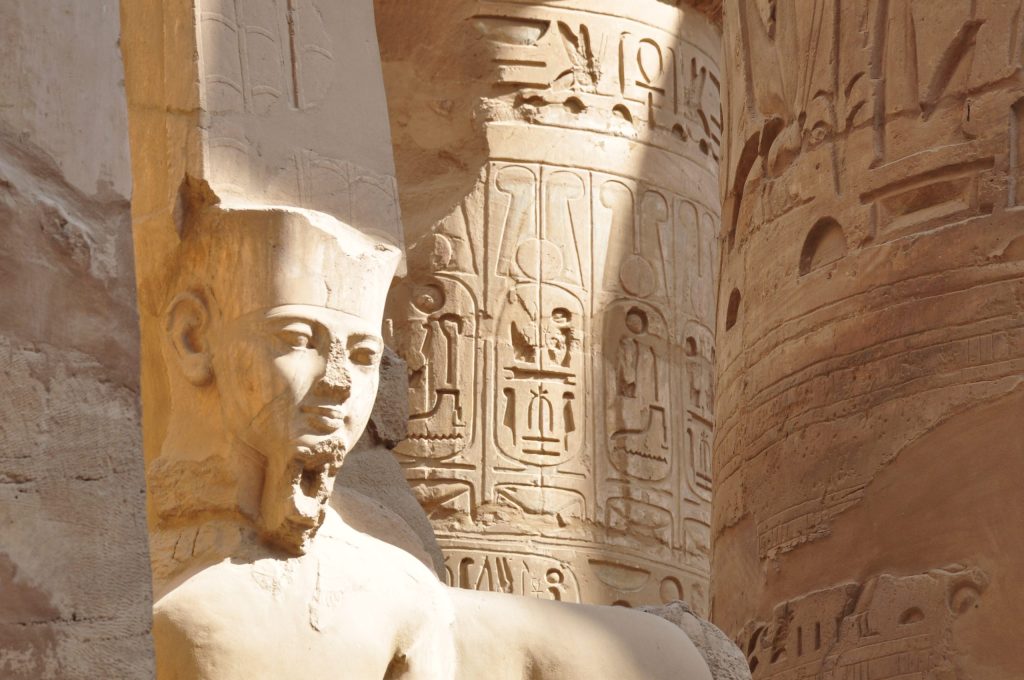What Is The Hierarchy of Egypt?
1The Hierarchy of Egypt and The Structure of Its Ancient Society
Ancient Egypt Hierarchy had a well-structured social system with a hierarchy. At the very top was the Pharaoh, the ultimate person. It was said that he was selected by the gods to rule over all with total authority. Beneath the Pharaoh were nobles and high officials who took care of running the government, taxation, and big projects. Following the upper castes were the priests, very important religious figures. They ensured that the temples were maintained, ceremonies were conducted, and the gods were kept content. After that came the scribes, who could write and read and therefore recorded everything in detail days of their laws, trading, and history.
After them were the craftsmen and merchants who manufactured pottery, jewelry, and clothes to trade or sell. Then came the farmers, who formed the majority of the population. They worked in the fields to plant food for all. Finally, at the bottom of the pyramid, were the slaves and servants who had very few rights and performed all the heavy labor. There was a function for each group as they worked together to maintain the society. While not equal, this social structure was the backbone of sustaining Ancient Egypt.
Roles and Responsibilities Within the Hierarchy
Each part of Ancient Egyptian life had its task to do: The Pharaoh was the king of the land, and the war leader. The nobles and high officials helped in decisions and collecting taxes. The priests prayed, offered sacrifices, and pacified the gods. Extremely important because they put in writing everything and transferred it to the coming generation, who were the scribes. The craftsmen would make items both useful and beautiful, such as tools, furniture, and artwork. Merchants would be engaged in weighing and selling at the market or by some other method, goods from another region.
Farmers worked on the land to produce food for all, and were the largest segment in society. Life for those slaves and servants was never equal since they cleaned or cooked, or worked on construction projects. Egypt was never in disarray and prospered through thousands of years, just because each one fulfilled their role. This equilibrium made life better for one and shall remain in history as a beacon of light for an effective civilization.
How the Social Order Sustained Egyptian Civilization
The Ancient Egyptians had a superb social structure, which gave them space for growth and sustenance. Everybody knew where he was placed and exactly what to do. This is because the Pharaoh ordains, as people believed that he was divine or sent by the gods. Those priests, scribes, officials, and workers formed different ranks. They engaged in activities like temple constructions, food management, and land security. The arrangement guaranteed that there would always be people planting food, leading worship, writing records, and keeping peace.
Some social classes may usually have more power and comfort, but each one also assisted one another in some way or the other. They believed in the concept of Maat, or what is right and in balance. This ensured that the society was just and cohesive. Hence, the social order promoted growth in all aspects of knowledge, art, and architecture in Egypt. The social hierarchy gave the country gravitas for stability, which made Ancient Egypt one of the longest-lasting civilizations in the ancient world.






